By Zuzana Majcova
Climate change is closely linked with future food security. Achieving food sovereignty as a community or a country is only possible if land rights of all peoples are properly observed. This breakout session focused on the links between climate change and land rights through discussion of different resilience strategies employed by Indigenous Peoples and communities. Two examples of models for facing and reversing climate change impacts were given and the role communities was also discussed.
Ranad is from Sharaka, a grassroots initiative which is part of the slow food movement and works towards a community food sovereignty in Palestine with the aim to support communities in overcoming social, political and environmental challenges. Their resilience strategies are twofold, first achieving food sovereignty itself and second to protect Palestinian land threatened to be confiscated by Israel.
Migration is a resilience strategy to climate change induced environmental changes for many pastoralist and nomadic communities. The ILRI Rangelands initiative in Africa advocates for changing opinions on mobility, which should not be seen as a negative thing but rather a natural component of drylands and the lifestyles of their inhabitants. Nomadic pastoralists in Iran also migrate to use their lands sustainability for the long term. Their lifestyle is threatened by the loss of communal lands in Iran which means the land still available needs to be over-used to sustain them and their traditional sustainable practices are no longer viable. Ghanimat Azhdari from civil organisation Cenesta, which works with Indigenous Peoples on participatory mapping projects to record all parts of their territories, said that changes in governance systems of land have serious impacts on tribes because it changes their traditional resilience strategies, leaving them more vulnerable.
Khaled Khawaldeh from DQLCC in Jordan, provided an example of sustainable natural resource management in the form of ‘hima’ – a traditional Arab version of Indigenous and Community Conserved Areas (ICCAs). The Dana cooperative, which is formed by over 100 Bedouin families, is an example of this type of community management in a way that protects its natural and cultural heritage. All decisions are taken by the community, from deciding the borders, the rules of use in terms of what and when and so on. 80% of land in Jordan is rangeland and now by default a state land whilst in the past it belonged to the pastoralist communities and Indigenous Peoples, who live there. They face a serious problem in lack of rights to this land, which prevents them from challenging any decisions the government makes, such as selling ‘their’ land to investors or using it for military.
Amina Amharech from Azul, representing the Amazigh peoples, shared their example of traditional knowledge of water practice ‘azref’. This is a community decided law based on their needs, it is evolutive and can be modified if situation changes. Water management in the Amazigh community is done by locally elected volunteers. They have an internal police to monitor the water use and compliance is ensured through agreed fines. The Amazigh community also uses an irrigation system.
The importance of community involvement, including youth and women, was highlighted by Raed Gharb from SEEDS in Jordan, Thaer Fakhoury from the Arab Center for Agricultural Development in Palestine, and Saida Drissi from ADFM in Morocco. Saida’s example of women’s struggle to manage collective land highlighted the importance of capacity building and civil society mobilisation to support women’s rights in Morocco.
BOS 13_presentation_PAST ARABIC 1
BOS 13_presentation_PAST ARABIC 2
